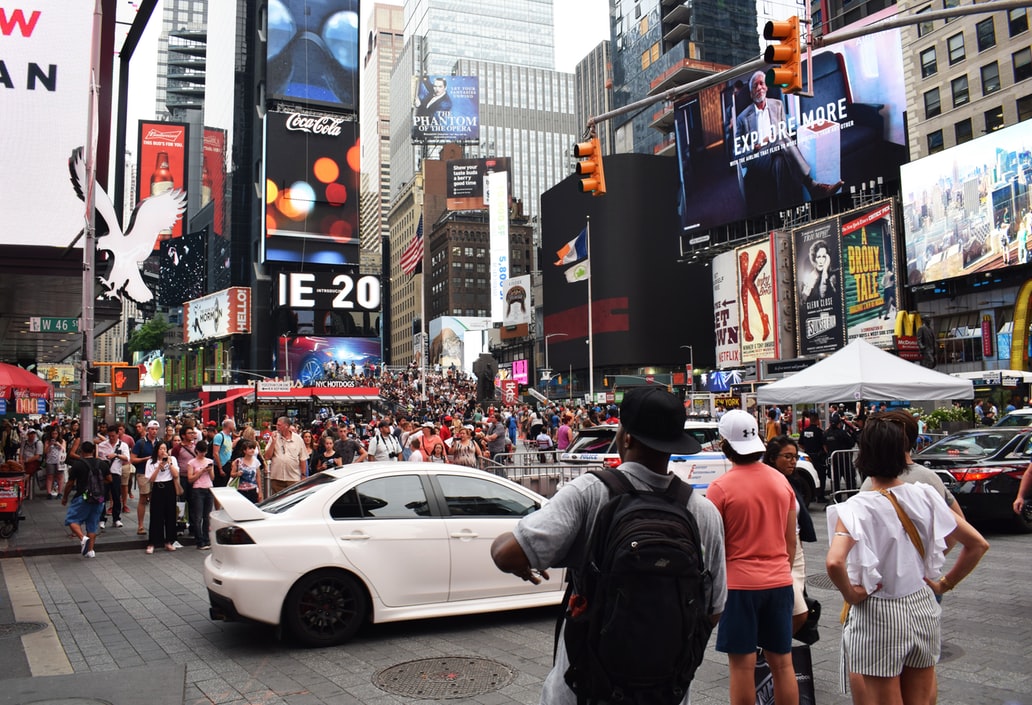
Microtransit as well as road regulations could reduce city traffic by 15% to 30%, according to a new Boston Consulting Group study.
Microtransit has been proven to improve city traffic and removed almost 400,000 miles traveled for Arlington residents if they had driven alone based on the data gathered by ride-hailing company Via and The Boston Consulting Group's (BCG) think tank, The BCG Henderson Institute.
Drivers in the Dallas-Fort Worth metroplex sit in 45 hours’ worth of traffic per year, according to the report “On-Demand Transit Can Unlock Urban Mobility”. Findings suggest that microtransit can produce significant benefits for easing congestion.
Moreover, on-demand transit services are seen to help cities complement mass transit use, according to the analysis of on-demand or microtransit use in Arlington, TX; Berlin; Seattle; and West Sacramento, CA.
Regulations on vehicles
"The sort of regulation that unleashes on-demand transit may be hard to imagine in the current political context of many nations, especially the US," the report states. "But the existing system is unsustainable. Clogged streets and rising emissions are strangling economic and social opportunity. It is time for cities to take back their streets."
Aside from microtransit, cities are exploring regulations that can help improve road congestion. New York plans to charge a toll to drivers entering its most congested areas in late 2020 or early 2021, and this will cost cars about $12 for entering the zone and $25 for trucks. Los Angeles is implementing a sustainable plan that includes having fewer single-occupancy vehicles.
The Boston Consulting Group analysis also states that on-demand transit could be the redesign effort that would encourage less use of private cars. “By placing a virtual bus stop within a block or two of a traveler’s departure and arrival points, on-demand transit fundamentally improves the user experience. In Berlin, for example, the estimated time of arrival for a van at a nearby stop is less than 9 minutes, slightly faster than the interval between buses during peak times on high-volume routes,” the report states.






